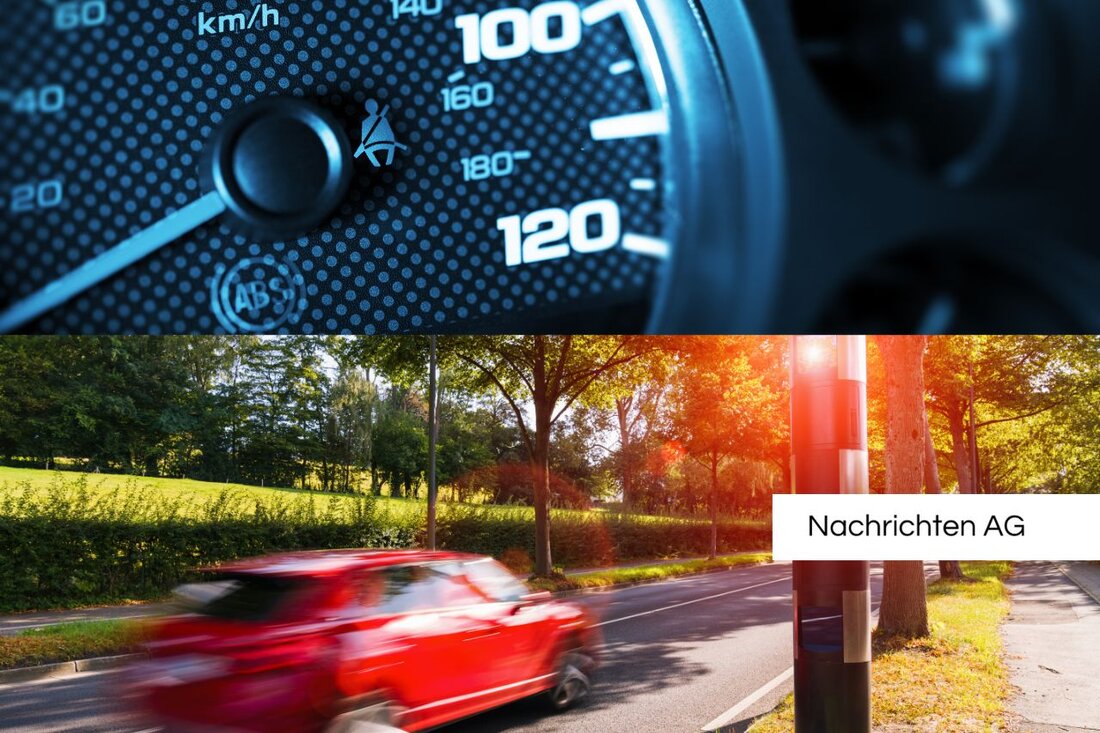Speed camera campaign on A9: Where you are not allowed to drive too fast today!
On July 1, 2025, a mobile speed trap was reported in the Saale-Orla district (Thuringia) in a 100 km/h zone. Speed measurements increase traffic safety.

Speed camera campaign on A9: Where you are not allowed to drive too fast today!
Today, July 1, 2025, drivers along the A9 are well advised to keep an eye on their speed. Mobile radar boxes have been set up in two places, which could cause a stir, especially in the coming hours. The positions of these measuring points can change throughout the day, so constant attention is required. At 3:22 p.m. there was lightning at Marktschorgast in the Kulmbach district (Bavaria) in a 120 km/h zone. Previously, at 1:09 p.m., speeding in a 100 km/h zone was also recorded at Berg / Göritz (Saale-Orla district, Thuringia). According to news.de, speeding is a common cause of accidents on German roads.
The road traffic regulations (StVO) and the catalog of fines regulate the corresponding measures in the event of violations of the speed limits. Exciting to know: Speed camera apps and radar detectors are completely banned while driving in Germany. This means that a smartphone can be used, but all warning functions in navigation apps must be deactivated. Positive aspect: Speed camera warnings on the radio are permitted, which means our drivers are better informed and also have the opportunity to adjust their speed in good time.
The importance of traffic monitoring
Radar surveillance primarily serves traffic safety. The aim is to get drivers to drive according to the rules in order to minimize traffic law violations. Data from bussgeldkatalog.org show that in 2013 over 5,000 drivers received points for speeding, accompanied by fines and sometimes driving bans. What's exciting is that mobile and stationary radar devices can be used differently in the respective zones, with a whopping 6 million euros in fines being collected in Bielefeld on the A2 in 2010, for example.
The question remains, how exactly do these measurements actually work? Radar devices use the Doppler effect to measure speed, and if the speed limit is exceeded, a photo is taken, which is usually later sent to the vehicle owner. A tolerance control is important here: at speeds below 100 km/h the deduction is 3 km/h, over 100 km/h it is 3 percent. Of course, measurement errors can also occur, for example due to incorrect angles or reflections. It is therefore possible to appeal against fines, especially if the photographic evidence is not optimal.
Statistics and behavior patterns
But what about the behavior of drivers? An analysis by allianzdirect.de shows that men between the ages of 25 and 44 are particularly likely to violate speed regulations. In 2023, over 3 million traffic violations were recorded by men, while women recorded just under a million. This shows that it is not just about your own safety interests, but also about social responsibility - because good traffic discipline protects everyone.
In Berlin and Hamburg, for example, there are high rates of speeding violations, especially in built-up areas. Factors such as geographical location or demographic structures influence the frequency of violations. It is clear: the topic of speed controls remains an important topic for all road users.
The A9, which runs north-south from Berlin via Leipzig and Nuremberg to Munich, remains one of Germany's central traffic arteries with a total length of 530 kilometers. Regular checks are therefore essential to ensure safety on our roads.

 Suche
Suche
 Mein Konto
Mein Konto